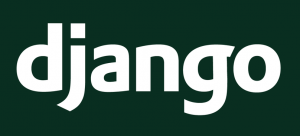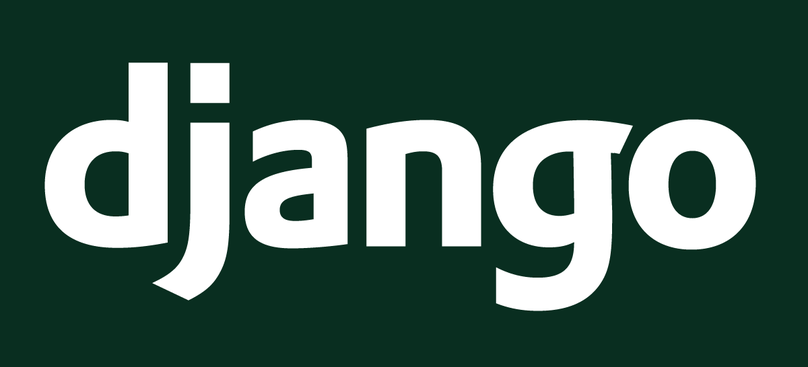What are the advantages and disadvantages of Django?
Advantages and disadvantages of using Django
Python is one of the most popular programming languages in the world and was the second most used language in Github projects in 2017. So if you are interested in the Python programming language, you have probably heard about the powerful Python web framework Django. The growing popularity of web frameworks has made learning and choosing between them somewhat difficult. Today in this post, we will take a closer look at Django to get a strong start with this amazing technology.

What is Django?
Django is an MTV framework for building web applications. Django helps web developers write clean, efficient, and powerful code. In addition to being one of the most popular web frameworks in the world, Django is one of the most widely used technologies for web development. The framework has been used by Instagram, YouTube, Google, and even NASA to develop their websites.
Django structure
Django uses the three-layer MVT architecture, which stands for Model -View-Template. This architecture is a modified version of MVC for the Django framework and is very similar to it. When the Django server receives a request, the URL router directs that request to the appropriate view. The view layer then receives the data from the model layer and fills in the template layer and sends it to the user using the methods and functions written in it.

Models in Django
In the Django framework, using the powerful and very useful ORM model, performing various operations with the database is greatly simplified and the development process is accelerated. ORM stands for Object-Relational-Mapping, without which the developer has to create all the tables himself, and to perform any operation with the database, he has to write the query himself, which can sometimes be very complicated and tedious in large projects.
ORM allows you to execute all database queries with simple Python commands, as well as ready-made methods to implement crud operations with the database. In fact, the programmer does not need to master all the complex SQL methods together.
Unlike other frameworks, all models are housed in a file called models.py, and this can be very useful and efficient in the process of developing large projects. Django supports many databases. SQLite is great for development and testing because Django is installed by default when installed and does not require a special program. You can use MYSQL and PostgreSQL for Production, and if you want to use NoSQLs, you can use MongoDB with Django.

Templates of Django
The template layer is similar to the view layer in the MVC architecture and its purpose is to display information to the user and is in fact the appearance of the program (Display Logic). If you are familiar with templating in other languages and frameworks, including Laravel, it is almost the same in Django. You are using an HTML-like syntax that is later compiled into HTML and contains all the relevant data. Of course, there are also non-HTML formats, for example, you can use XML documents or JSON and files if you want.
Views in Django
View in Django is a business layer of MVT three-layer architecture. This layer includes functions and methods that cause the user to receive and process the request and send a valid result to the user. This layer receives data from the Model and gives each template access to specific data.
Benefits of Django
- Authentication package
- Default admin panel and very modular
- Sessions package for managing sessions
- Manage temporary or session-based messages using the Messages package
- Generate Google sitemap XML or use the Sitemaps package
- Based on Python
- Simple learning and accelerate the coding process and project development













